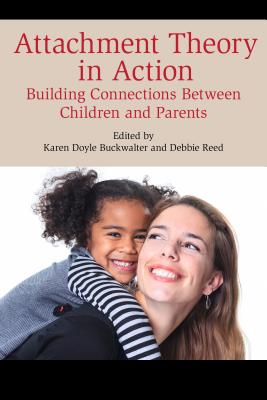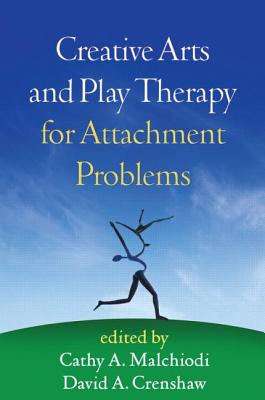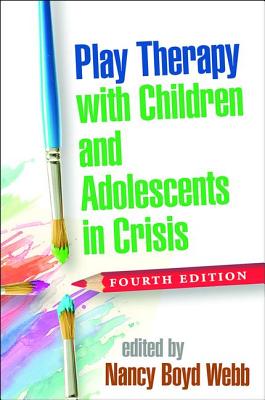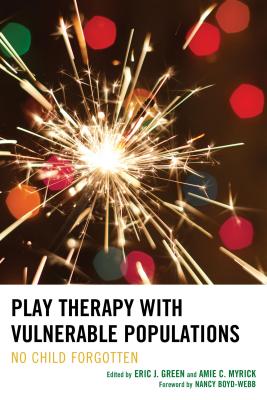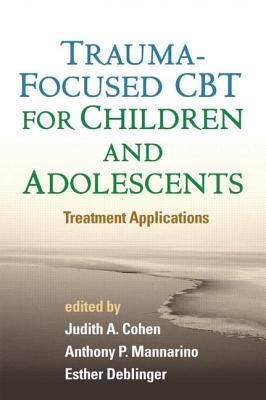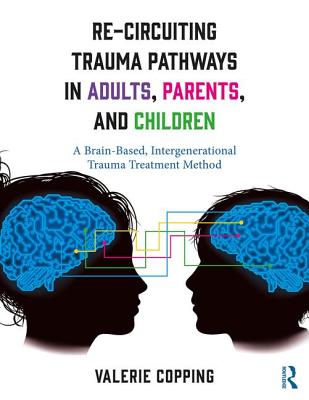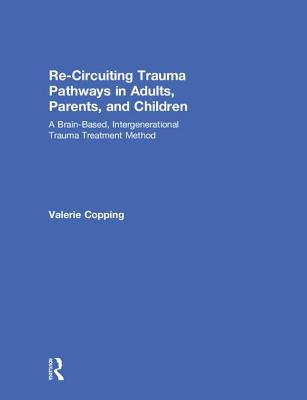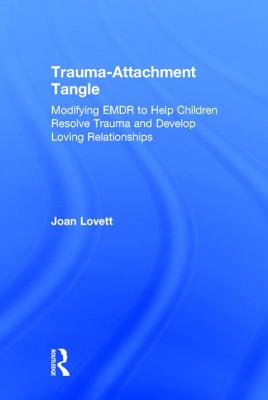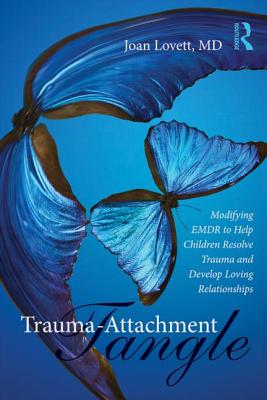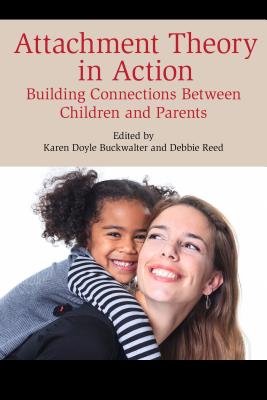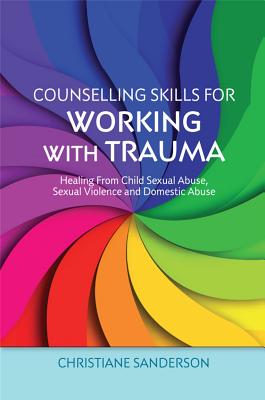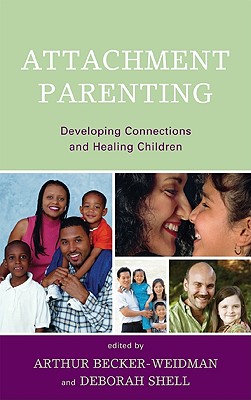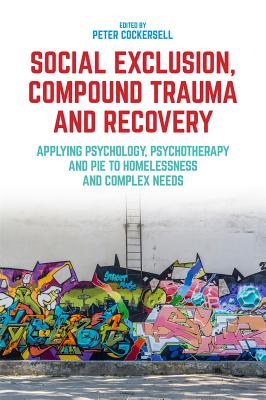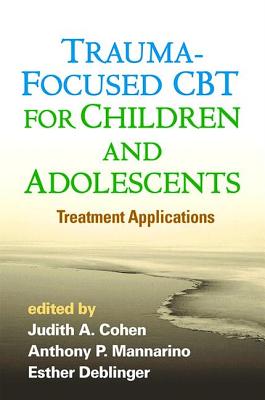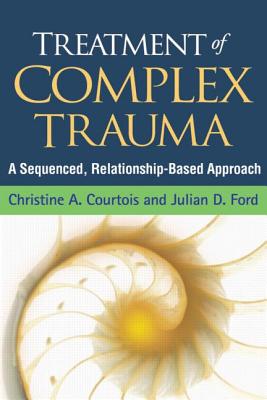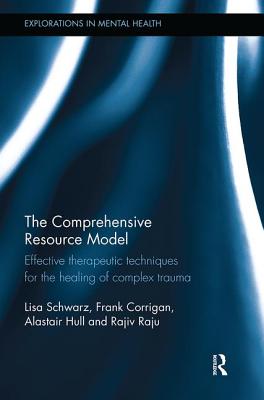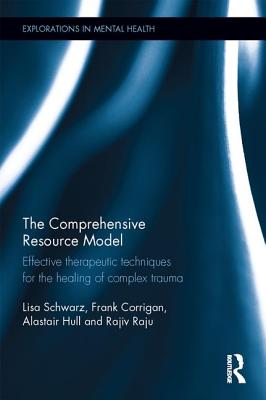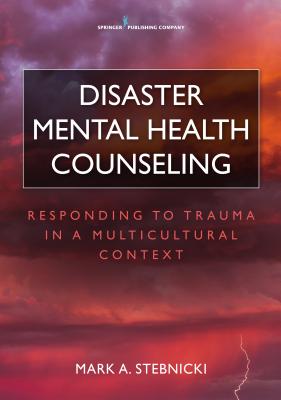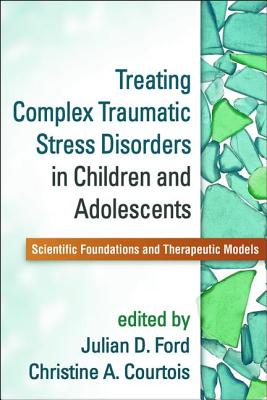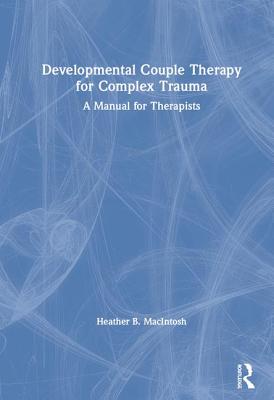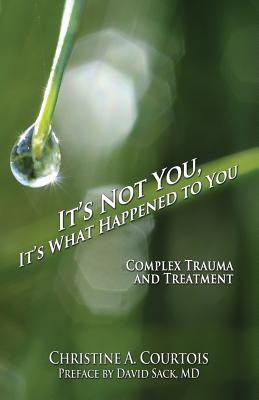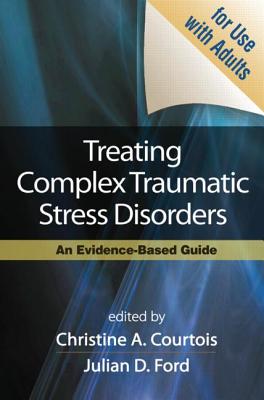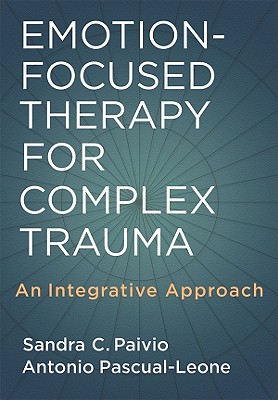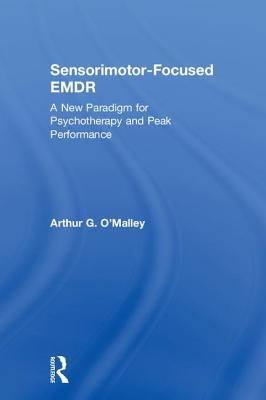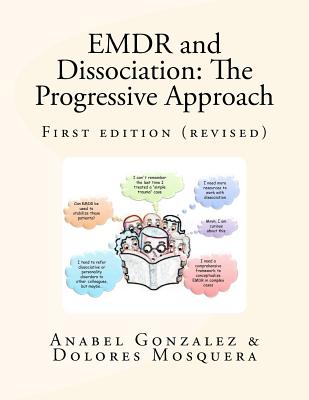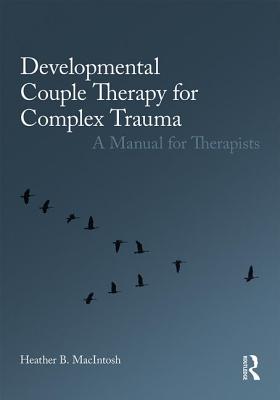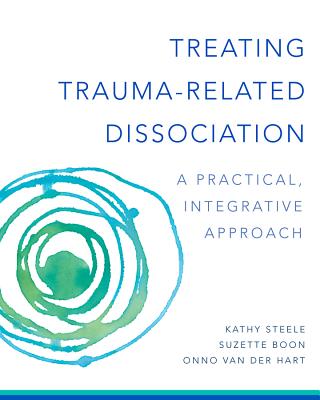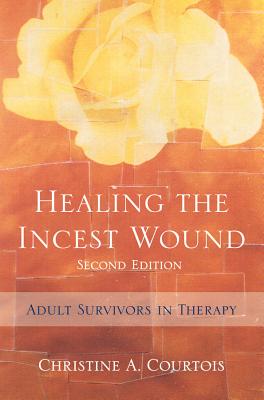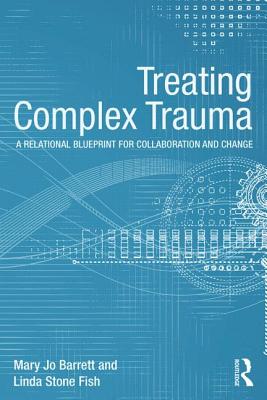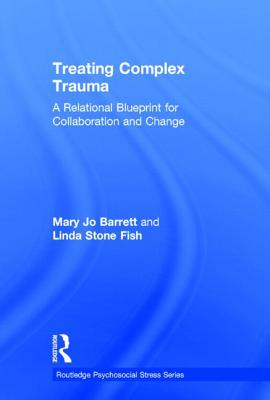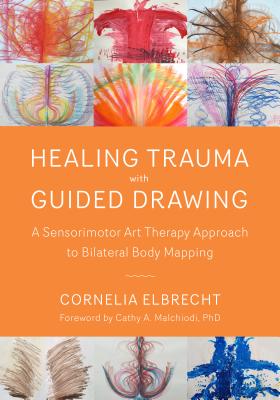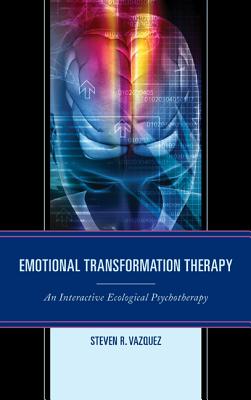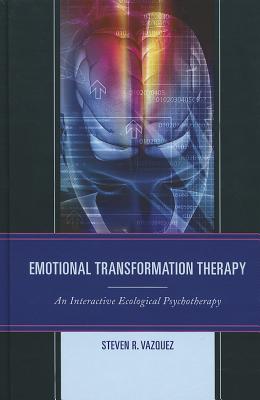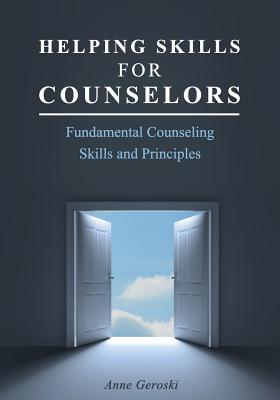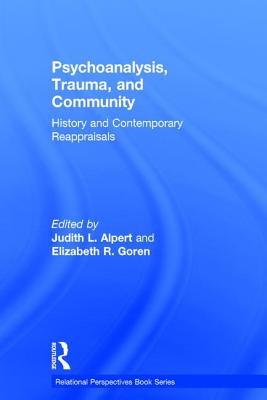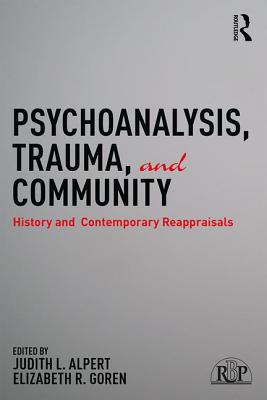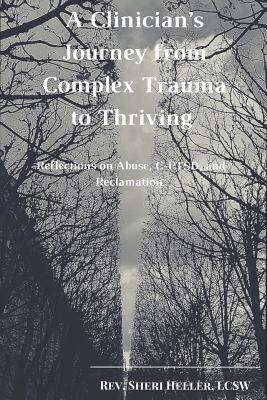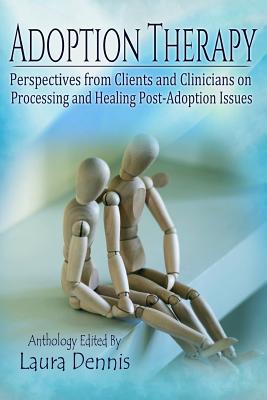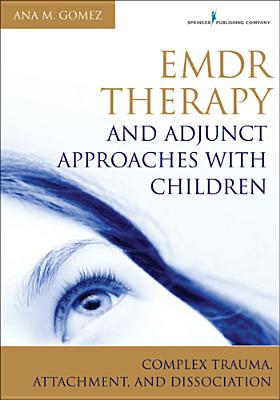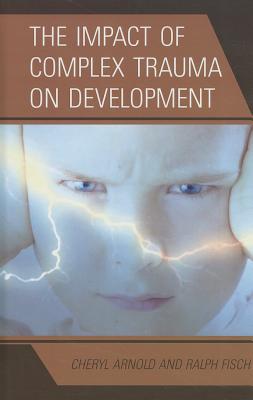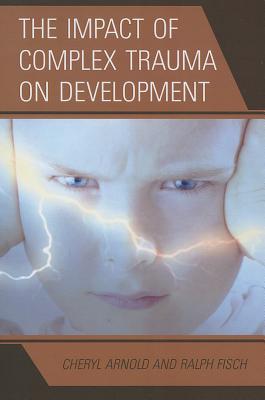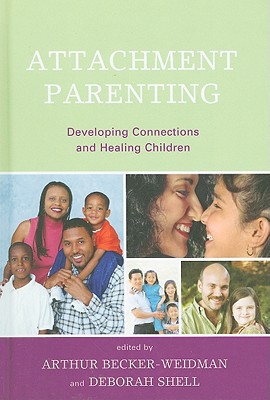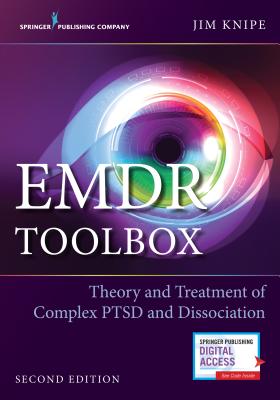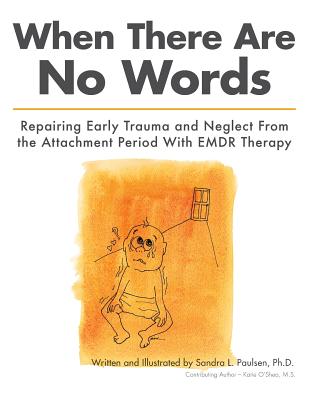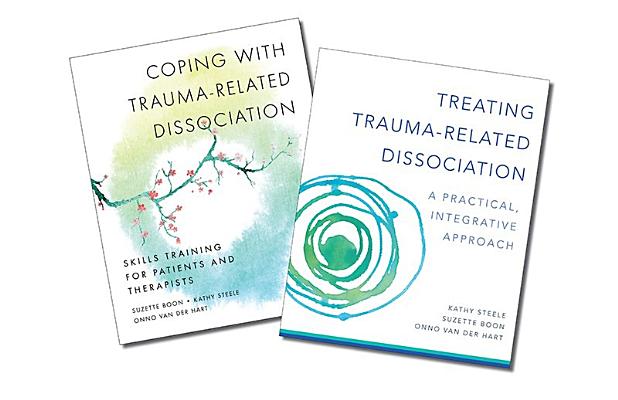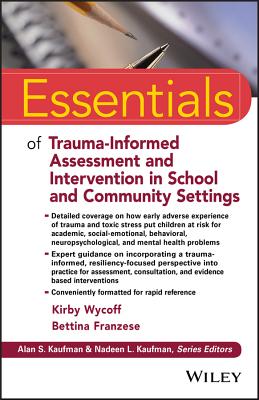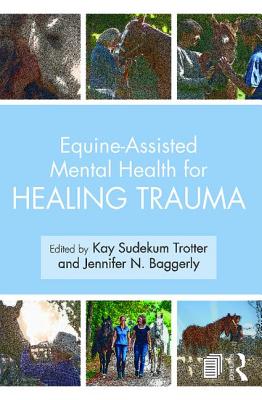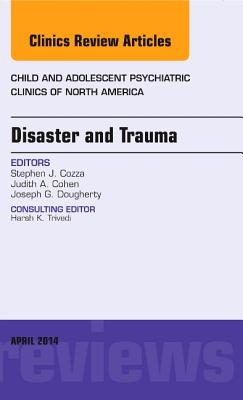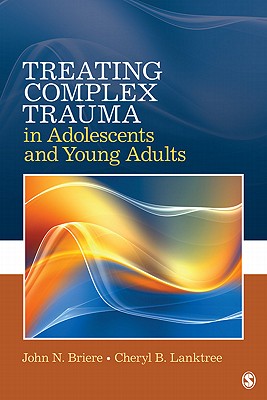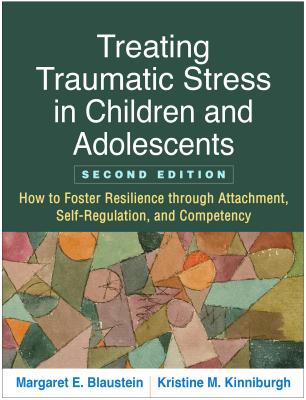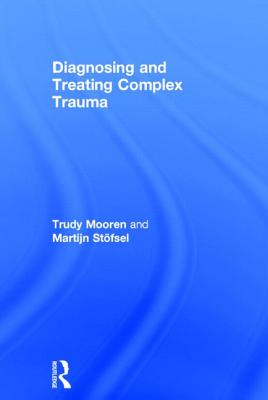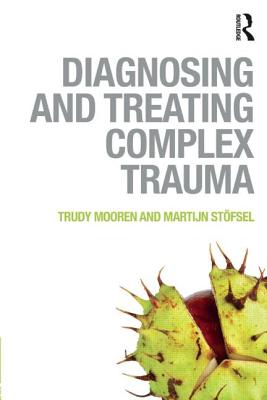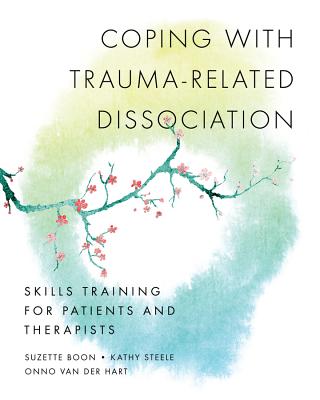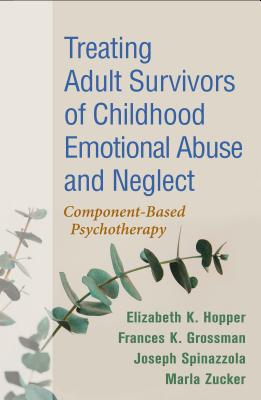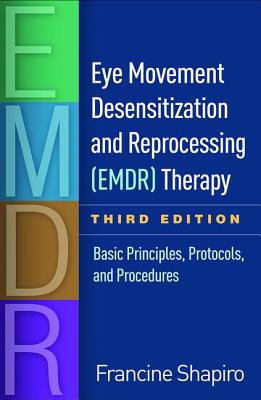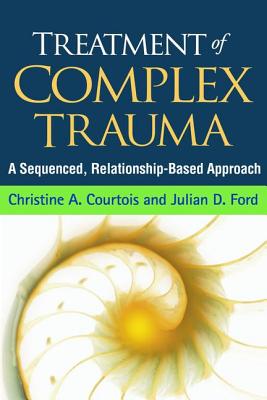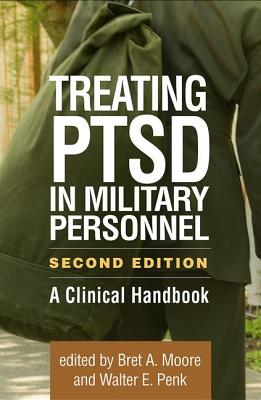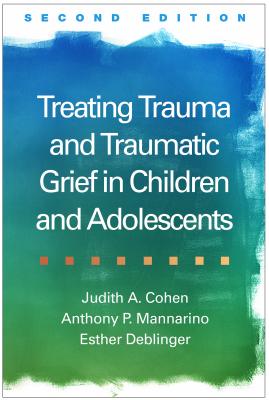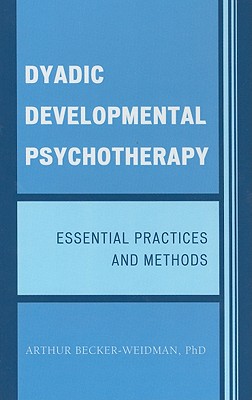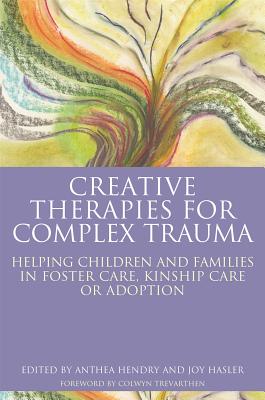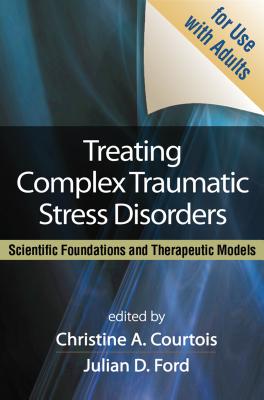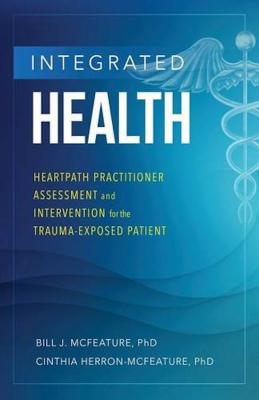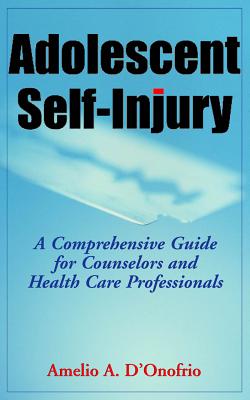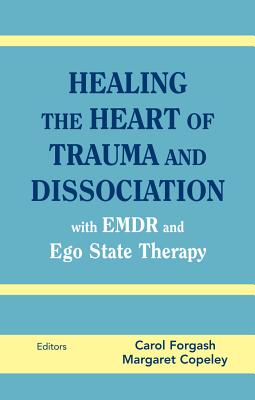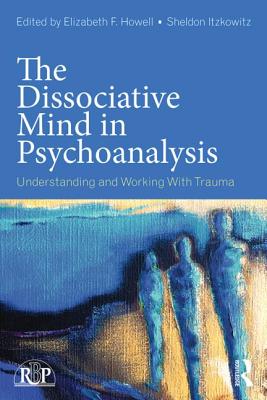| Description Experts Expert Contributions Featured Books for Sale |
Videos Articles Research Organizations |
In the News Additional Resources Coming Later Contributors |
Description
The traumatic stress field has adopted the term “complex trauma” to describe the experience of multiple, chronic and prolonged, developmentally adverse traumatic events, most often of an inter-personal nature (eg, sexual or physical abuse, war, community violence) and early-life onset. These exposures often occur within the child’s caregiving system and include physical, emotional, and educational neglect and child maltreatment beginning in early childhood (Cook et al., page xxx, and Spinazzola et al., page xxx). In the Adverse Childhood Experiences (ACE) study by Kaiser Permanente and the Centers for Disease Control and Prevention,2 17,337 adult health maintenance organization (HMO) members responded to a questionnaire about adverse childhood experiences, including childhood abuse, neglect, and family dysfunction. Eleven percent reported having been emotionally abused as a child, 30.1% reported physical abuse, and 19.9% sexual abuse. In addition, 23.5% reported being exposed to family alcohol abuse, 18.8% were exposed to mental illness, 12.5% witnessed their mothers being battered, and 4.9% re-ported family drug abuse.The ACE study showed that adverse childhood experiences are vastly more common than recognized or acknowledged and that they have a powerful relationship to adult health a half-century later. The study confirmed earlier investigations that found a highly significant relationship between adverse childhood experiences and depression, suicide attempts, alcoholism, drug abuse, sexual promiscuity, domestic violence, cigarette smoking, obesity, physical inactivity, and sexually transmitted diseases.
In addition, the more adverse childhood experiences reported, the more likely a person was to develop heart disease, cancer, stroke, diabetes, skeletal fractures, and liver disease. Isolated traumatic incidents tend to produce discrete conditioned behavioral and biological responses to reminders of the trauma, such as those captured in the post-traumatic stress disorder (PTSD) diagnosis. In contrast, chronic maltreatment or inevitable repeated traumatization, such as occurs in children who are exposed to repeated medical or surgical procedures, have a pervasive effects on the development of mind and brain. Chronic trauma interferes with neuro-biological development (Ford, see page xxx) and the capacity to integrate sensory, emotional and cognitive information into a cohesive whole. Developmental trauma sets the stage for unfocused responses to subsequent stress,3 leading to dramatic increases in the use of medical, correctional, social and mental health services.4 People with childhood histories of trauma, abuse and neglect make up almost the entire criminal justice population in the US.5 Physical abuse and neglect are associated with very high rates of arrest for violent offenses. In one prospective study of victims of abuse and neglect, almost half were arrested for non traffic-related offenses by age 32.6 Seventy-five percent of perpetrators of child sexual abuse report to have themselves been sexually abused during childhood.7These data suggest that most interpersonal trauma on children is perpetuated by victims who grow up to become perpetrators or repeat victims of violence. This tendency to repeat represents an integral aspect of the cycle of violence in our society.[i]
Complex traumatic events and experiences can be defined as stressors that are:
(1) repetitive, prolonged, or cumulative (2 ) most often interpersonal, involving direct harm, exploitation, and maltreatment including neglect/abandonment/antipathy by primary caregivers or other ostensibly responsible adults, and (3) often occur at developmentally vulnerable times in the victim’s life, especially in early childhood or adolescence, but can also occur later in life and in conditions of vulnerability associated with disability/ disempowerment/dependency/age /infirmity, and so on.
Such complex stressors are often extreme due to their nature and timing: some are actually life-threatening due to the degree of violence, physical violation, and deprivation involved, while most threaten the individual’s emotional mental health and physical well-being due to the degree of personal invalidation, disregard, deprivation, active antipathy, and coercion involved. Many of these experiences are chronic rather than one-time or time-limited and they can progress in severity over time as perpetrators become increasingly compulsive or emboldened/entitled in their demands, as trauma bonds develop between perpetrator and victim/captive, and/or as their original effects become cumulative and compounded and the victims increasingly debilitated, despondent, or in a state of adaptation, accommodation, and dissociation. Because such adversities occur in the context of relationships and are perpetrated by other human beings, they involve interpersonal betrayal and create difficulties with personal identity and relationships with others.
[ii]
Sources:
i. https://traumacenter.net/uploads/3/4/9/8/34986682/annals_developmental_trauma.pdf
ii. http://www.giftfromwithin.org/html/cptsd-understanding-treatment.html

Experts


Bessel Van Der Kolk, MD
Trauma Expert
View Expert Bio
www.BesselVanDerKolk.net

Diane Lanberg
Trauma Expert
View Expert Bio
www.DianeLanberg.com

Featured Books:


Videos:

Complex Trauma: Going Deeper Diane Lanberg (27:50)

Articles:

Research:

International Society for Traumatic Stress Studies

Organizations:

In the News:

Additional Resources:
What is Complex Trauma PDF – National Child Traumatic Stress Network (NCTSN)
Contributors:Professionals:
Compiled By:
|
![]() Expert
Expert
![]() Professional
Professional
![]() Outreach Leader
Outreach Leader
![]() Moderator
Moderator
![]() Contributor
Contributor


